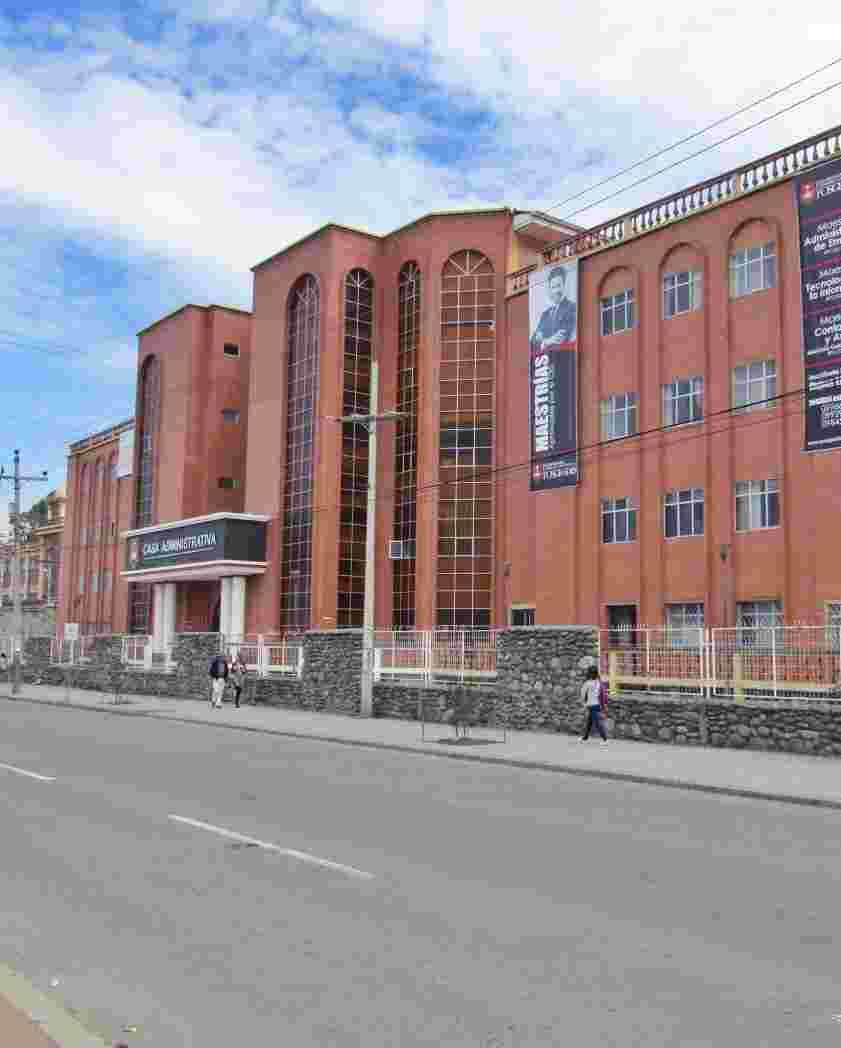“Secuelas COVID-19. Revisión sistemática”
Cargando...
Fecha
Título de la revista
ISSN de la revista
Título del volumen
Editor
Universidad Católica de Cuenca.
Resumen
Introduction: The coronavirus (Covid-19) is an infectious disease caused by the SARS-CoV-2 virus, severe acute respiratory syndrome, which is transmitted by respiratory particles when coughing, sneezing or being in contact with body fluids. General objective: To describe the predominant characteristics of the sequelae of Covid-19 through scientific evidence. Methodology: A Descriptive Investigation was carried out with the review of the scientific evidence available in the database: Scopus and Web of Science, Redalyc, Scielo and PubMed on Covid-19 Sequelae, in the period of time between 2019 and 2023, it was followed the parameters and recommendations of the PRISMA Method. Results: The effects can manifest in an acute phase from five days to two months, post-acute from one month to three months and finally the post-Covid syndrome, which occurs between three months and one year after infection. Among the most common sequelae are: dyspnea, pulmonary fibrosis, tachycardia, anosmia, thrombosis, arrhythmias, hypertension, anorexia, esophageal reflux, diarrhea, thyroid dysfunction, arthralgia, alopecia, premature births, orchitis, anxiety and stress. Conclusions: Covid-19 produces sequelae at the level of different systems such as respiratory, cardiovascular, digestive, endocrine, skin, reproductive, musculoskeletal and psychiatric or psychological disorders, in different phases, acute, post-acute and post-Covid syndrome, that must be analyzed to find strategies and reduce the effects to preserve health.
Descripción
Introducción: El coronavirus (Covid-19) es una enfermedad infectocontagiosa causada por el virus SARS-CoV-2, síndrome respiratorio agudo severo, que se transmite por partículas respiratorias al toser, estornudar o al estar en contacto con fluidos corporales. Objetivo general: Describir las características predominantes de las secuelas de la Covid-19 mediante la evidencia científica. Metodología: Se realizó una Investigación Descriptiva con la revisión de la evidencia científica disponible en la base de datos: Scopus y Web of Science, Redalyc, Scielo y PubMed sobre Secuelas Covid-19, en el periodo de tiempo comprendido entre 2019 al 2023 se siguió los parámetros y recomendaciones del Método PRISMA. Resultados: Los efectos pueden manifestarse en una fase aguda desde los cinco días hasta los dos meses, post aguda desde el mes hasta los tres meses y finalmente el síndrome post-Covid, que se da entre los tres meses hasta el año después de la infección. Entre las secuelas más comunes se encuentran: disnea, fibrosis pulmonar, taquicardia, anosmia, trombosis, arritmias, hipertensión, anorexia, reflujo esofágico, diarrea, disfunción tiroidea, artralgias, alopecia, partos prematuros, orquitis, ansiedad y estrés. Conclusiones: La Covid-19 produce secuelas a nivel de los diferentes sistemas como los respiratorios, cardiovasculares, digestivos, endocrinos, cutáneos, reproductor, musculoesqueléticos y trastornos psiquiátricos o psicológicos, en diferentes fases, aguda, post aguda y síndrome post-Covid, los mismos que deben ser analizados para buscar estrategias y disminuir los efectos para preservar la salud
Palabras clave
COVID-19, pandemia, secuela post aguda de la infección por SARS-CoV-2
Citación
Calle Mayancela, K.L. Zambrano Zhumi, J.T. (2023) “Secuelas COVID-19. Revisión sistemática”. Universidad Católica de Cuenca.




